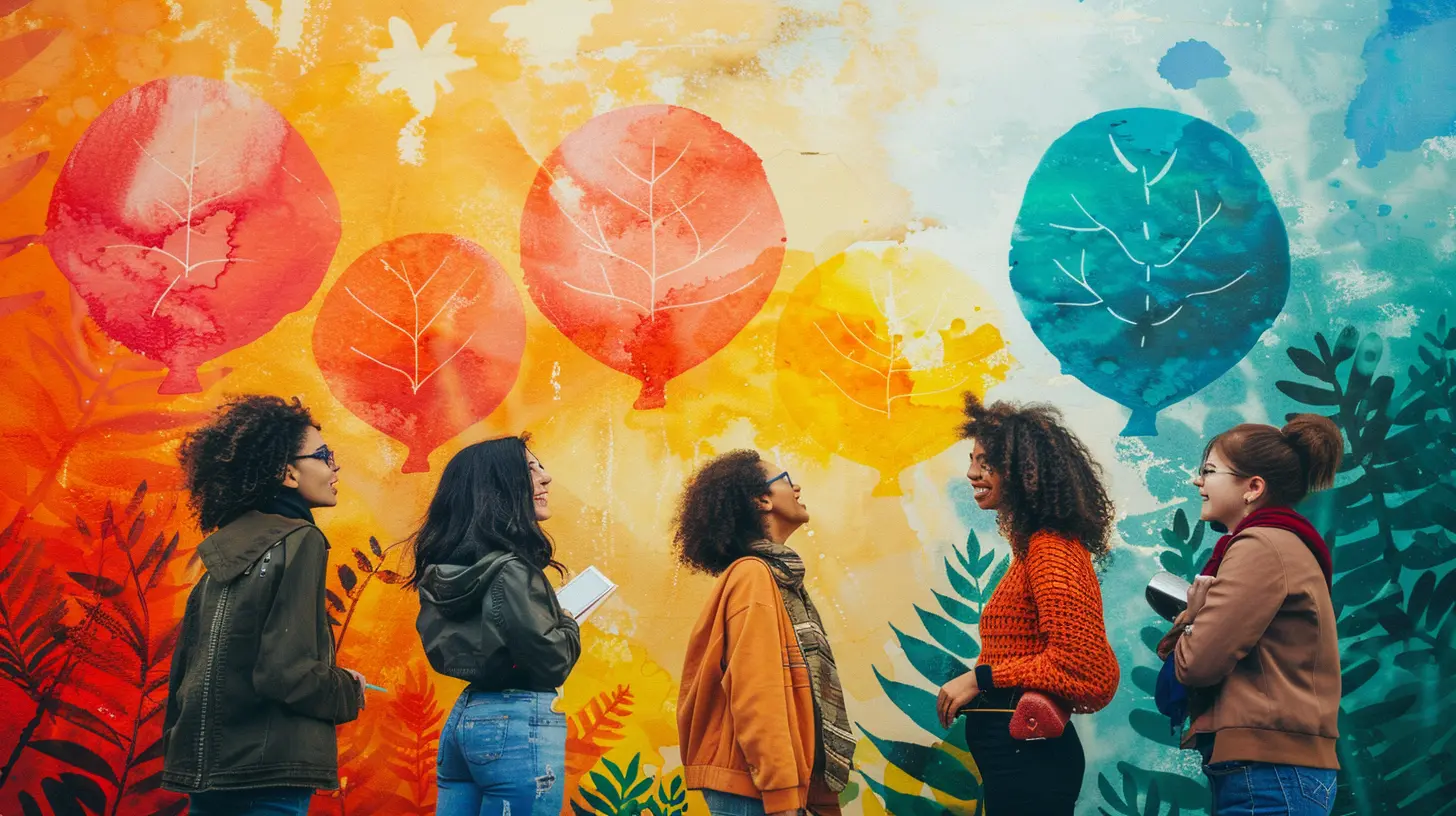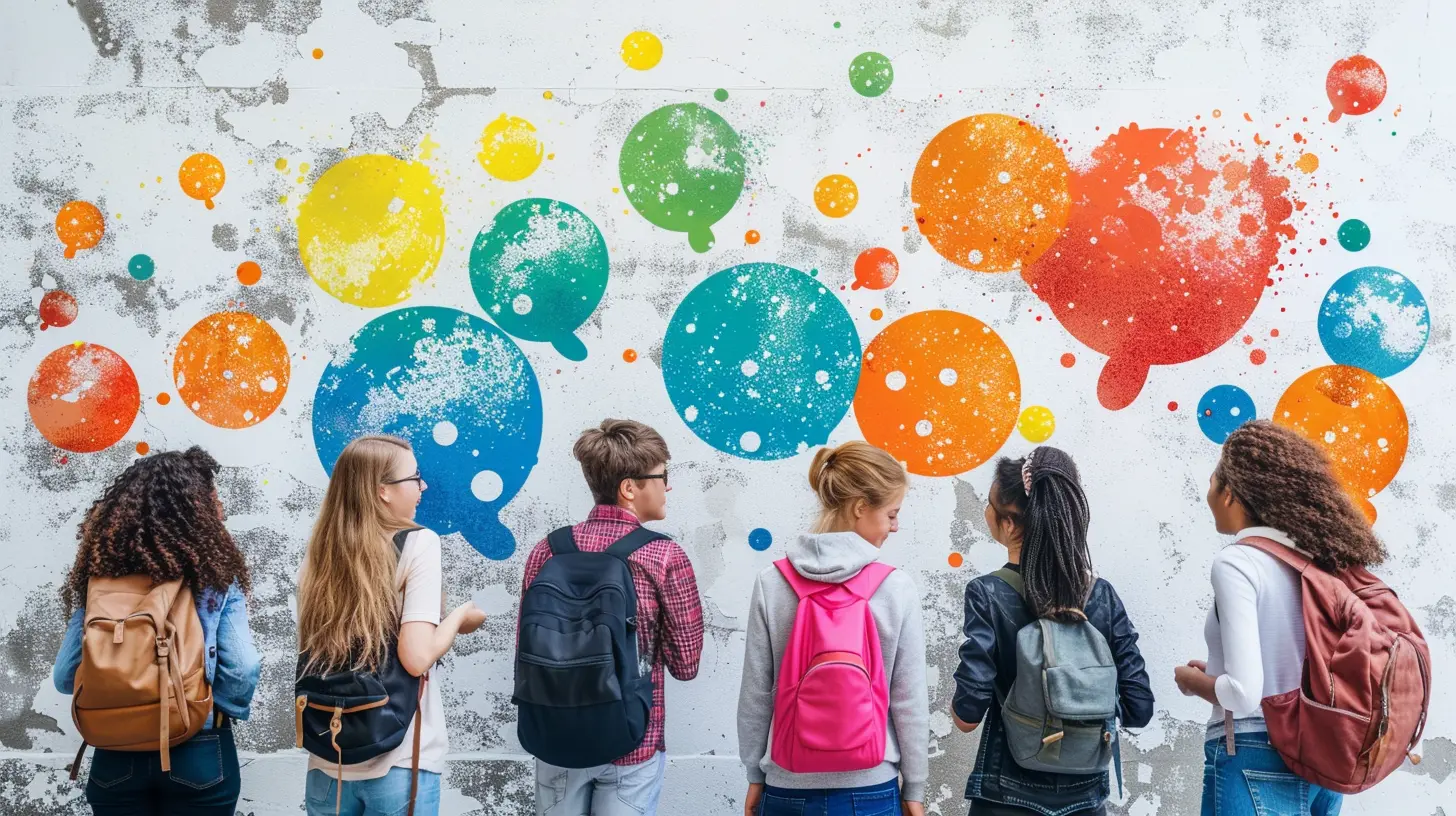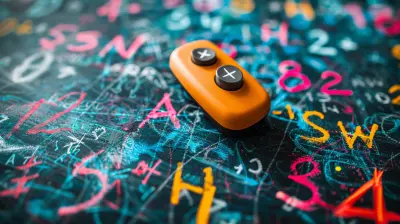The Role of Social-Emotional Learning in Student Collaboration
24 July 2025
When we think about school, we often focus on academics—math equations, historical events, grammar rules. But what about the skills that help students work together, communicate effectively, and build positive relationships? That’s where social-emotional learning (SEL) comes in.
In today’s world, collaboration is more than just a buzzword. From group projects in school to teamwork in the workplace, knowing how to work with others is crucial. So, how does SEL help students collaborate better? Let’s dive in. 
What Is Social-Emotional Learning (SEL)?
Before we talk about its role in collaboration, let’s break down social-emotional learning. SEL is a process where students learn to:- Understand and manage their emotions
- Set and achieve goals
- Show empathy for others
- Develop positive relationships
- Make responsible decisions
In other words, SEL teaches students how to be good humans—something just as important as academic knowledge. 
Why Is SEL Important in Student Collaboration?
Imagine working on a group project where no one listens to each other, disagreements turn into arguments, and frustration takes over. Sound familiar? That’s what happens when SEL is missing.Effective collaboration requires more than just putting students in groups. They need skills like communication, empathy, conflict resolution, and emotional regulation—all of which SEL promotes. Here’s why SEL is a game-changer in student collaboration. 
1. Enhancing Communication Skills
Clear communication is the backbone of any teamwork. Unfortunately, not all students naturally excel at expressing their thoughts or actively listening. SEL helps students:- Express their ideas clearly and respectfully
- Ask questions without fear of judgment
- Listen actively, instead of just waiting for their turn to speak
- Interpret nonverbal cues like body language and tone
When students are better communicators, they avoid misunderstandings and work together more smoothly.
Example: A student struggling with explaining their thoughts in a group discussion learns to articulate their ideas confidently through SEL activities. 
2. Building Empathy and Understanding
Collaboration isn’t just about getting work done—it’s also about respecting and valuing different perspectives. SEL nurtures empathy, helping students see things from their peers' perspectives.- They recognize when a teammate is struggling and offer support
- They respect different opinions instead of dismissing them
- They develop patience, realizing everyone learns at their own pace
Example: A student in a science project group learns to appreciate a quiet teammate’s unique ideas rather than dismissing them.
Empathy strengthens teamwork, making students more considerate and supportive members of any group.
3. Managing Conflict Effectively
Let’s be honest—conflict is unavoidable in group work. But how students handle disagreements is what truly matters. SEL helps students:- Stay calm and control emotions during conflicts
- Discuss problems rationally instead of aggressively
- Work towards compromises rather than trying to "win"
Instead of arguments tearing a project apart, SEL ensures disagreements turn into productive conversations.
Example: Two students who disagree on how to divide work use SEL strategies to compromise, ensuring fairness and efficiency.
4. Encouraging Self-Awareness and Emotional Regulation
Ever had a teammate who shuts down when things don’t go their way? Or one who takes over the whole project without considering others? That’s a lack of self-awareness.SEL teaches students to:
- Recognize their own strengths and weaknesses
- Be mindful of how their actions affect the group
- Stay composed under pressure
When students understand themselves, they contribute to teamwork in a balanced, thoughtful way.
Example: A naturally dominant student learns to step back and give quieter teammates a chance to speak.
5. Fostering a Positive and Supportive Learning Environment
Students thrive in safe, respectful environments where they feel valued. SEL fosters this kind of space by promoting:- A sense of belonging in group work
- Encouragement instead of competition
- A culture of kindness and support
When students feel comfortable expressing themselves without fear of judgment, collaboration becomes a joy rather than a chore.
Example: A class that regularly practices SEL sees more constructive feedback and fewer hurtful comments during group work sessions.
Implementing SEL in the Classroom for Better Collaboration
So, how can teachers integrate SEL into daily activities to improve teamwork?1. Group Reflection and Open Discussions
Encourage students to talk about their feelings and experiences in group settings. Simple questions like,- “What challenges did we face today?”
- “How did we resolve disagreements?”
- “What did we do well as a team?”
help students analyze their collaborative efforts and improve over time.
2. Role-Playing Exercises
Put students in real-life scenarios where they must practice conflict resolution, empathy, and communication. These exercises help them prepare for actual teamwork situations.3. Team-Building Activities
Games and challenges that require teamwork help students bond and hone their SEL skills. Activities like:- Escape room challenges
- Blindfolded group tasks
- Collaborative storytelling
build trust and improve cooperation.
4. Teaching Emotional Vocabulary
Many students struggle to express emotions simply because they lack the words. Teaching terms like frustration, disappointment, and gratitude enables clearer communication in group work.5. Encouraging Peer Feedback
Constructive feedback is a powerful SEL tool. Teach students how to give feedback in a way that’s helpful, not hurtful, such as:- "I liked how you explained that point clearly."
- "Maybe next time, let’s hear from everyone before deciding."
This helps students reflect on their actions and improve future collaboration.
The Long-Term Impact of SEL on Student Collaboration
SEL doesn’t just help students in school—it prepares them for life. Whether they go on to be doctors, engineers, artists, or entrepreneurs, the ability to collaborate effectively will always be valuable.By nurturing SEL, we’re not just teaching students how to work on group projects—we’re shaping future leaders, problem-solvers, and compassionate individuals.
So, the next time we think about what’s important in education, let’s remember that academics matter, but so do emotions, relationships, and teamwork. After all, success isn’t just about what you know—it’s also about how well you work with others.
all images in this post were generated using AI tools
Category:
CollaborationAuthor:

Bethany Hudson
Discussion
rate this article
1 comments
Edith Maddox
SEL truly transforms teamwork—teaching empathy and understanding makes collaboration so much richer!
August 14, 2025 at 4:48 AM

Bethany Hudson
Thank you for your insightful comment! I completely agree—SEL fosters deeper connections and enhances collaboration among students.


